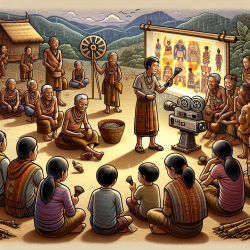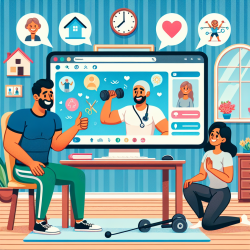Introduction
In the realm of health promotion, particularly concerning sexual health and HIV prevention among Indigenous youth, the role of Elders is often underexplored. The research titled “Do something with them!”: developing “comfortable” engagement with Elders participating in an arts-based sexual health promotion and STBBI prevention workshop for Indigenous Youth in Labrador, Canada sheds light on the potential of participatory filmmaking as a tool for engaging Elders in this crucial dialogue.
The Power of Participatory Filmmaking
Participatory filmmaking emerged as a promising approach in the study, allowing Elders to co-create an environment conducive to "comfortable" engagement. This method provided Elders with a sense of control and ownership over their participation, fostering a space where they could freely express their knowledge and engage in meaningful dialogue with youth.
Key Findings and Implications for Practitioners
The study identified several factors contributing to the Elders' comfortable engagement:
- Ownership and Control: Elders felt empowered by having control over their participation, which included directing their own film and engaging in an educational session tailored to their interests.
- Intergenerational Interaction: Working alongside youth not only facilitated the Elders' engagement but also strengthened the connection between generations, allowing for the exchange of cultural knowledge.
- Peer-Based Dialogue: The dialogic format encouraged open discussions among Elders, enhancing their comfort in discussing sensitive topics such as sexual health.
- Inclusion of Traditional Items: Traditional items present during the workshop created a familiar and culturally resonant environment, further easing the Elders' participation.
- Indigenous Educator: The presence of an Indigenous sexual health educator made the educational session more relatable and culturally appropriate for the Elders.
Encouraging Further Research and Practice
For practitioners aiming to enhance their skills in engaging Indigenous Elders in health promotion, this study offers valuable insights. By incorporating participatory arts-based strategies, practitioners can create culturally relevant and empowering experiences for Elders and youth alike. Further research is encouraged to explore the long-term impacts of such engagements and to refine these approaches for broader application.
To read the original research paper, please follow this link: “Do something with them!”: developing “comfortable” engagement with Elders participating in an arts-based sexual health promotion and STBBI prevention workshop for Indigenous Youth in Labrador, Canada.










